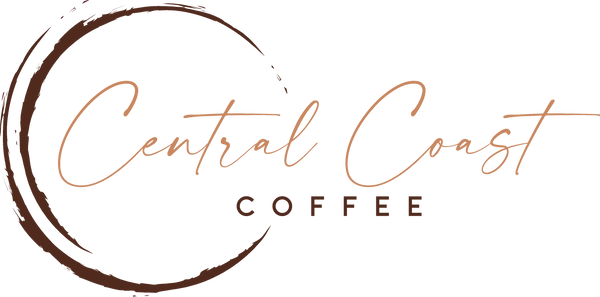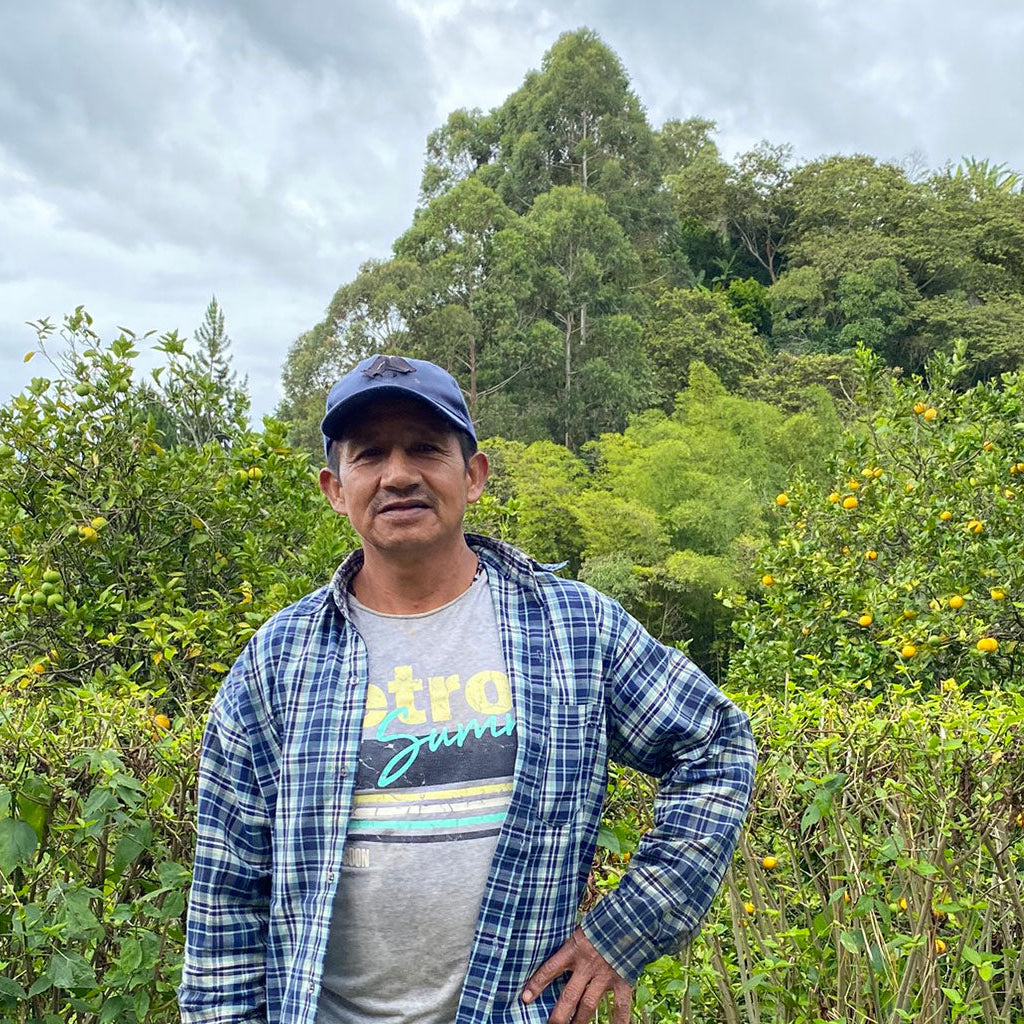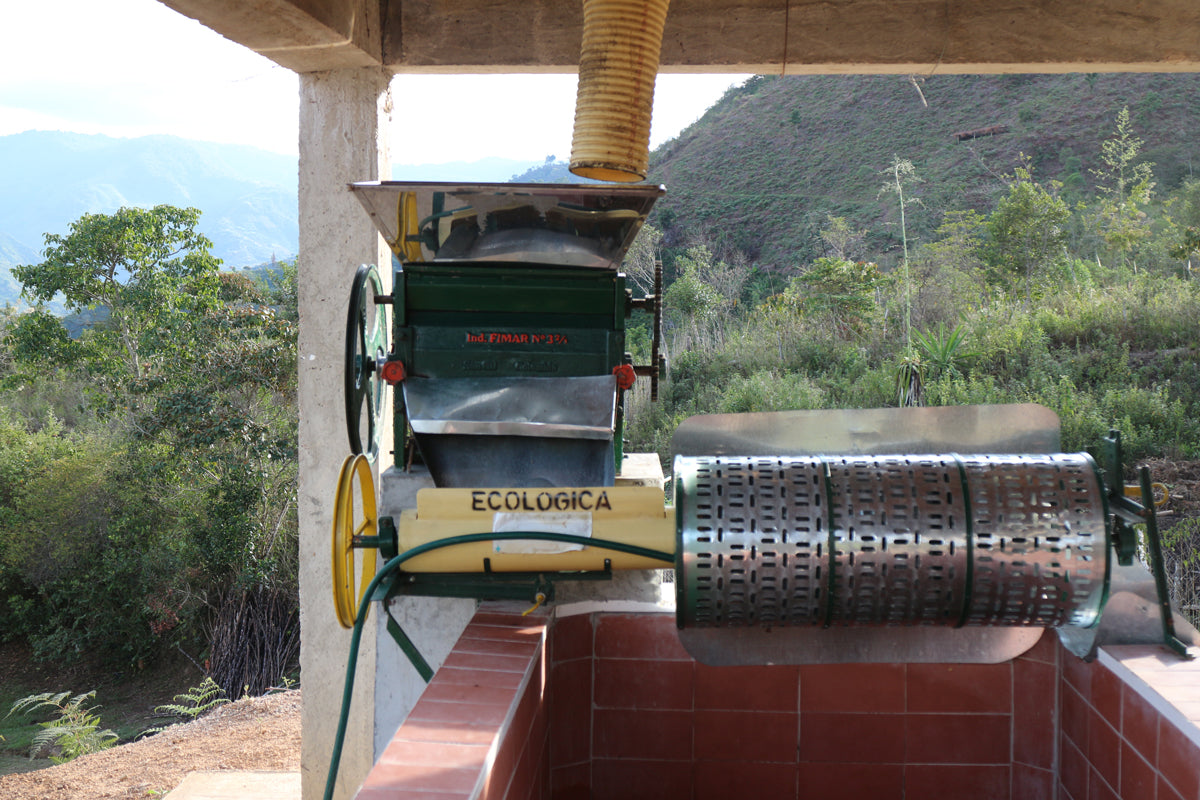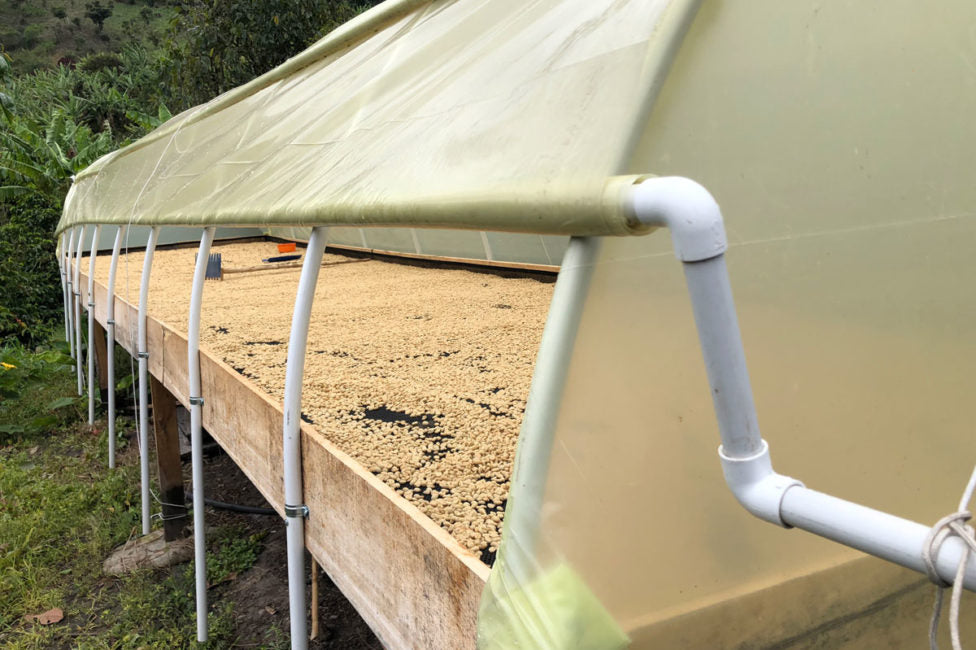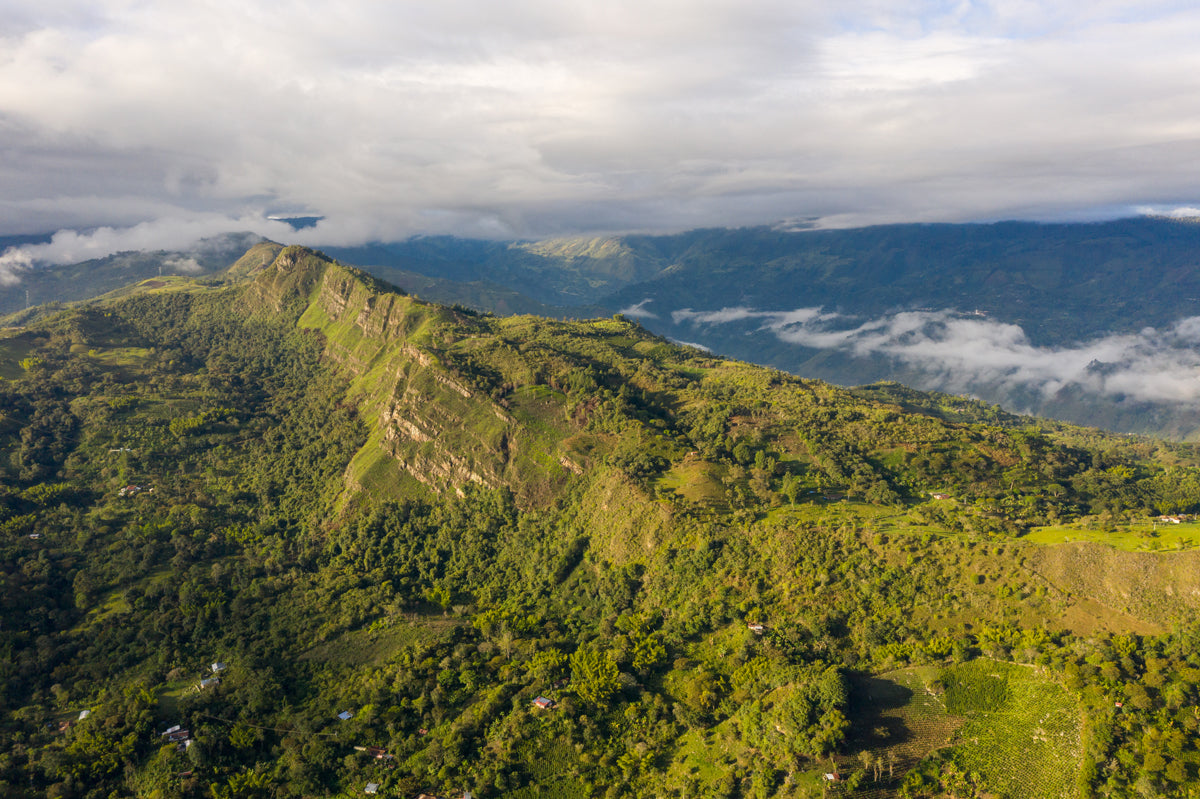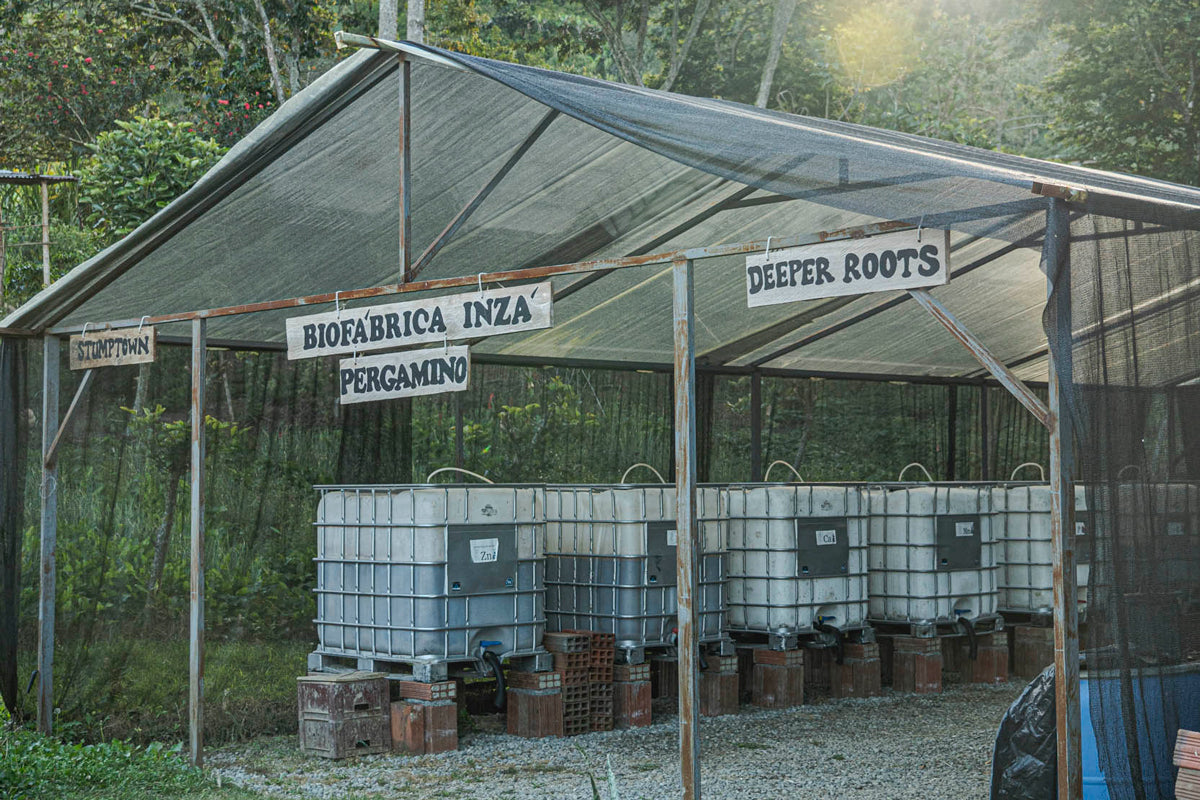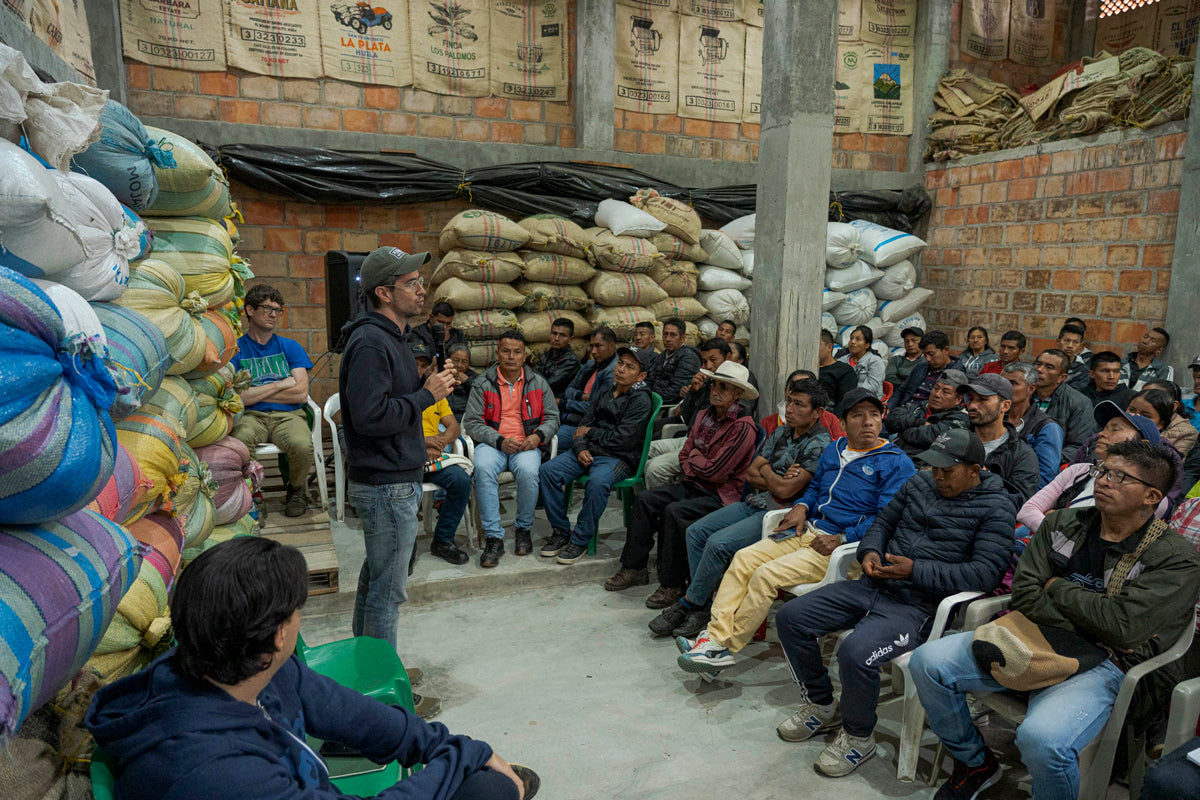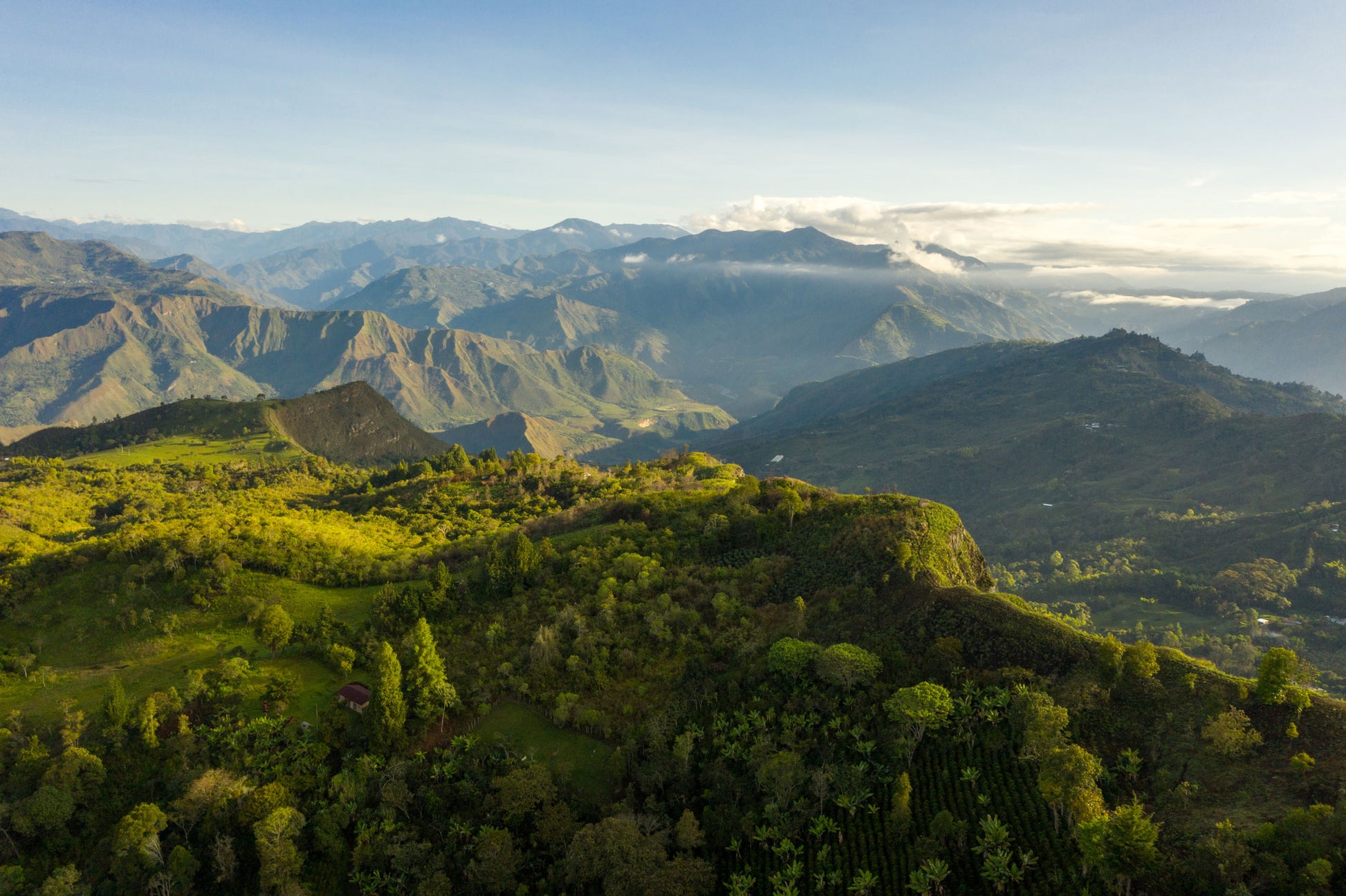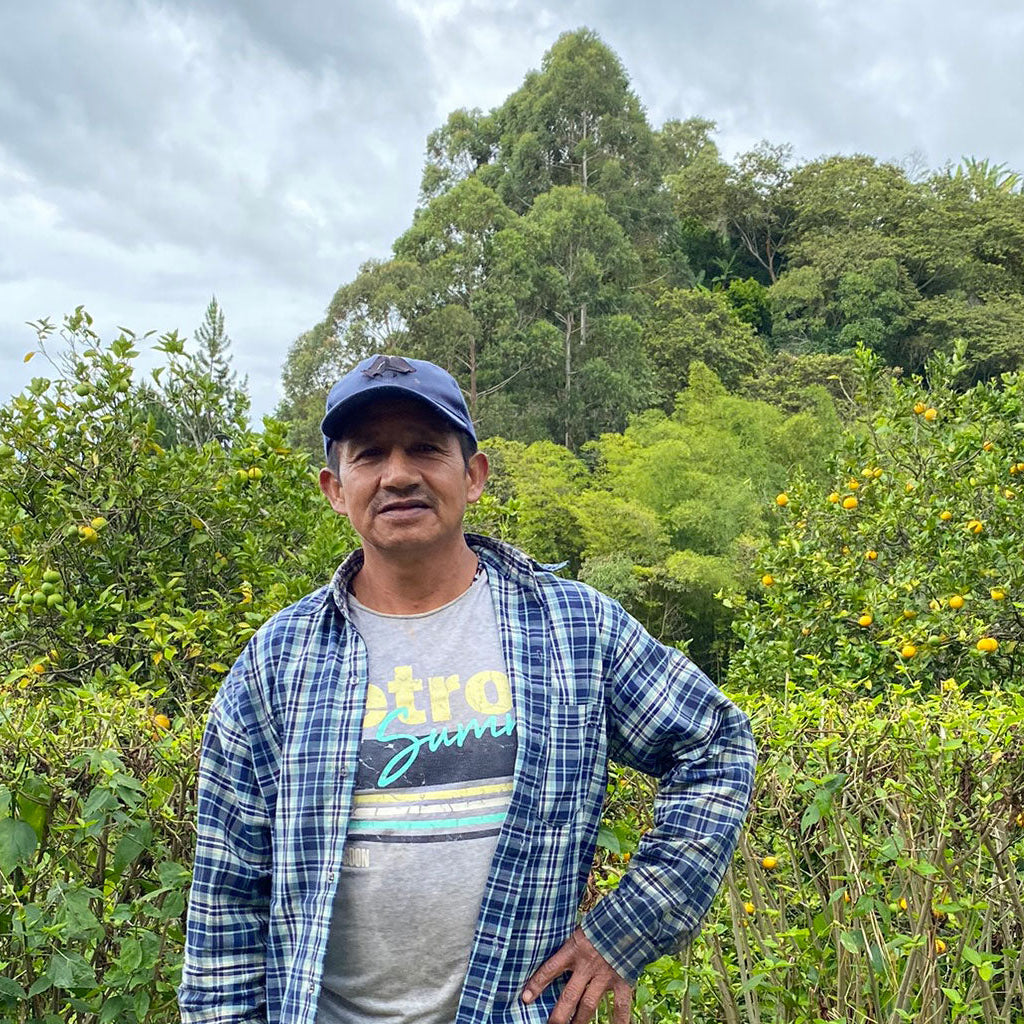
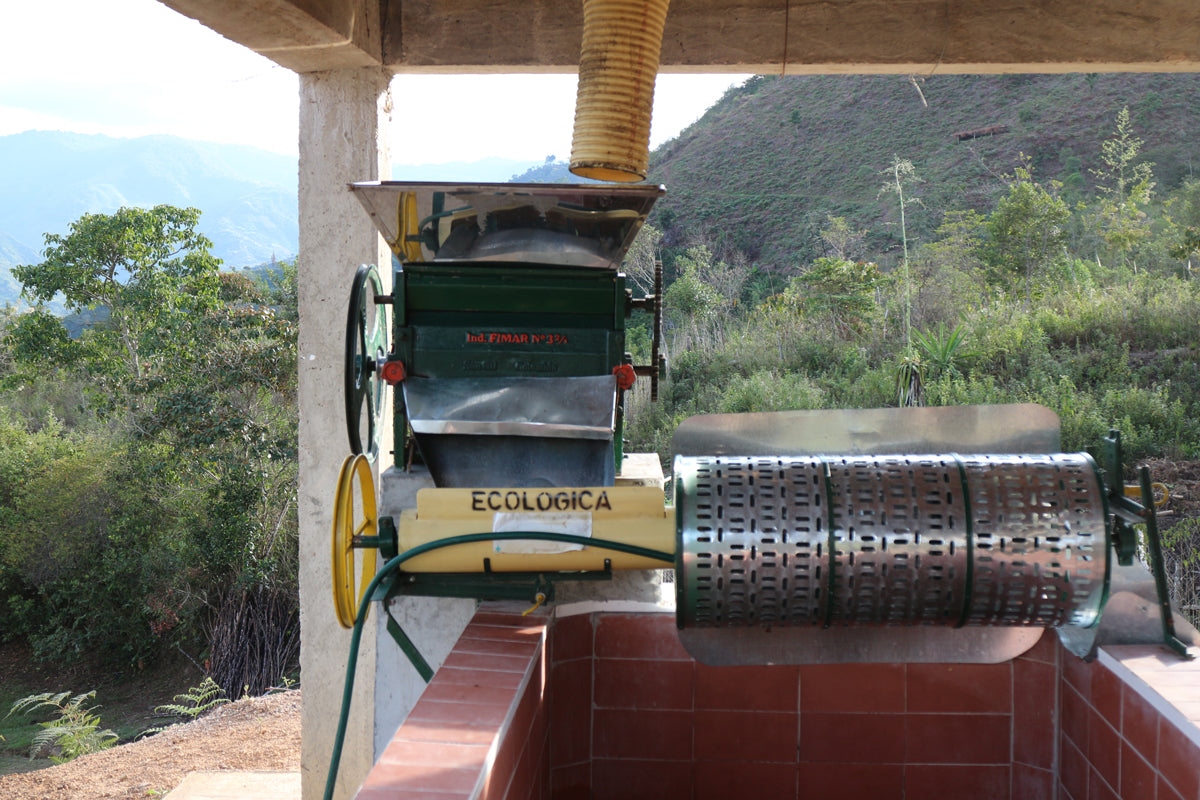
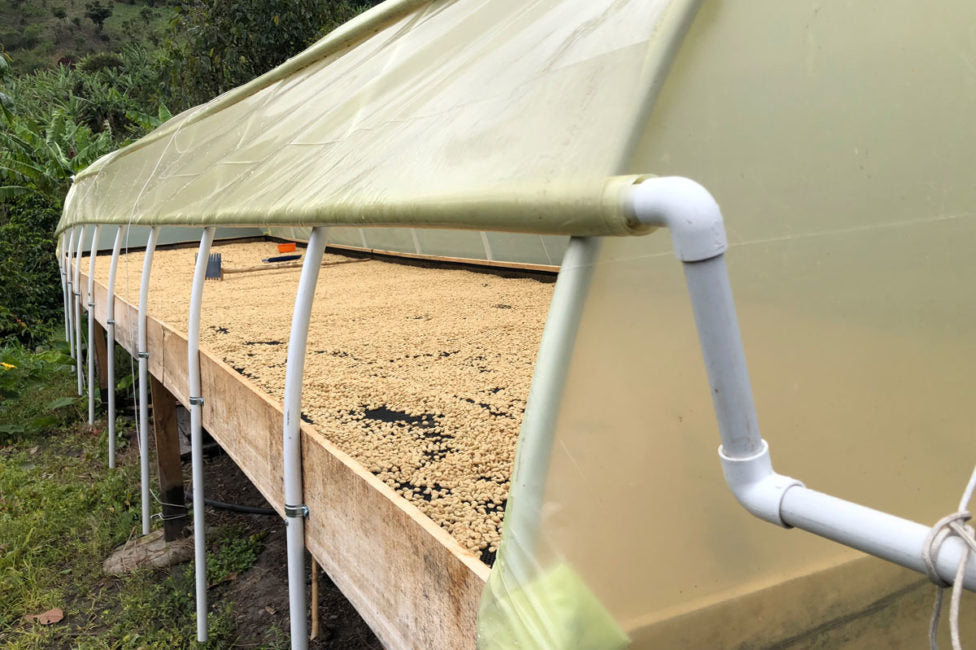
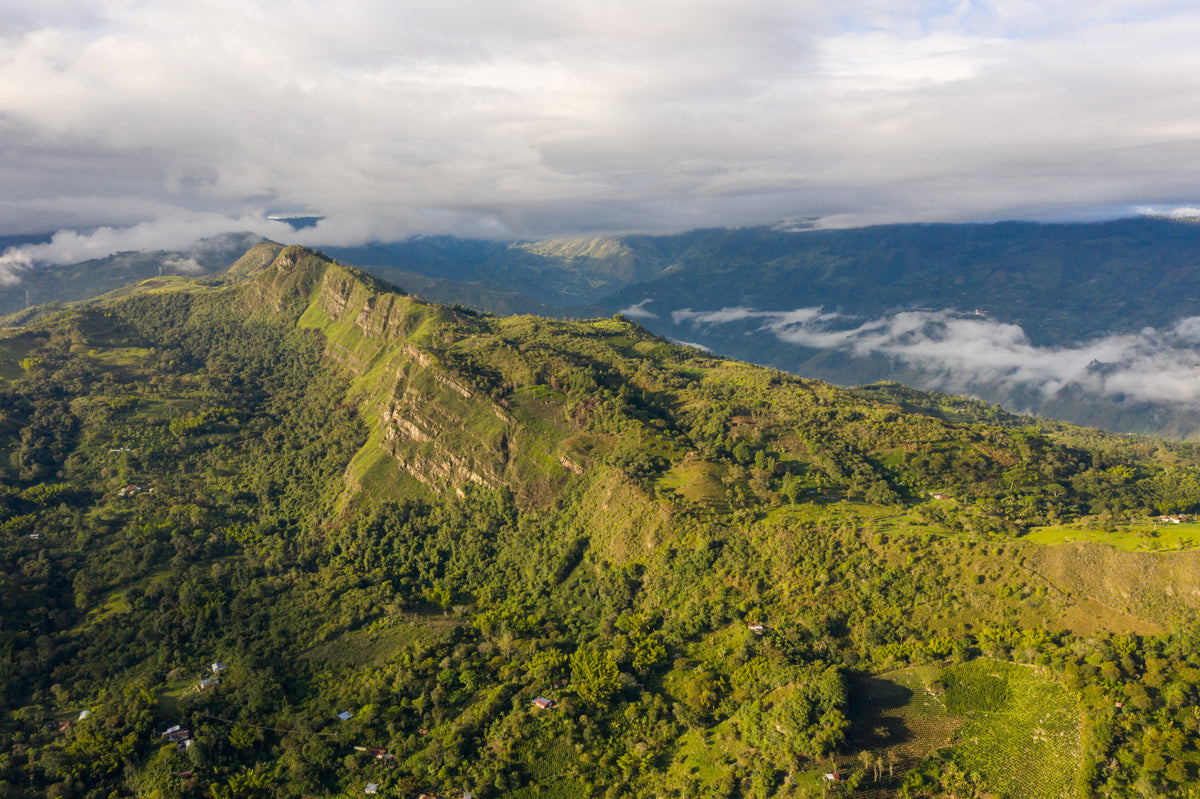
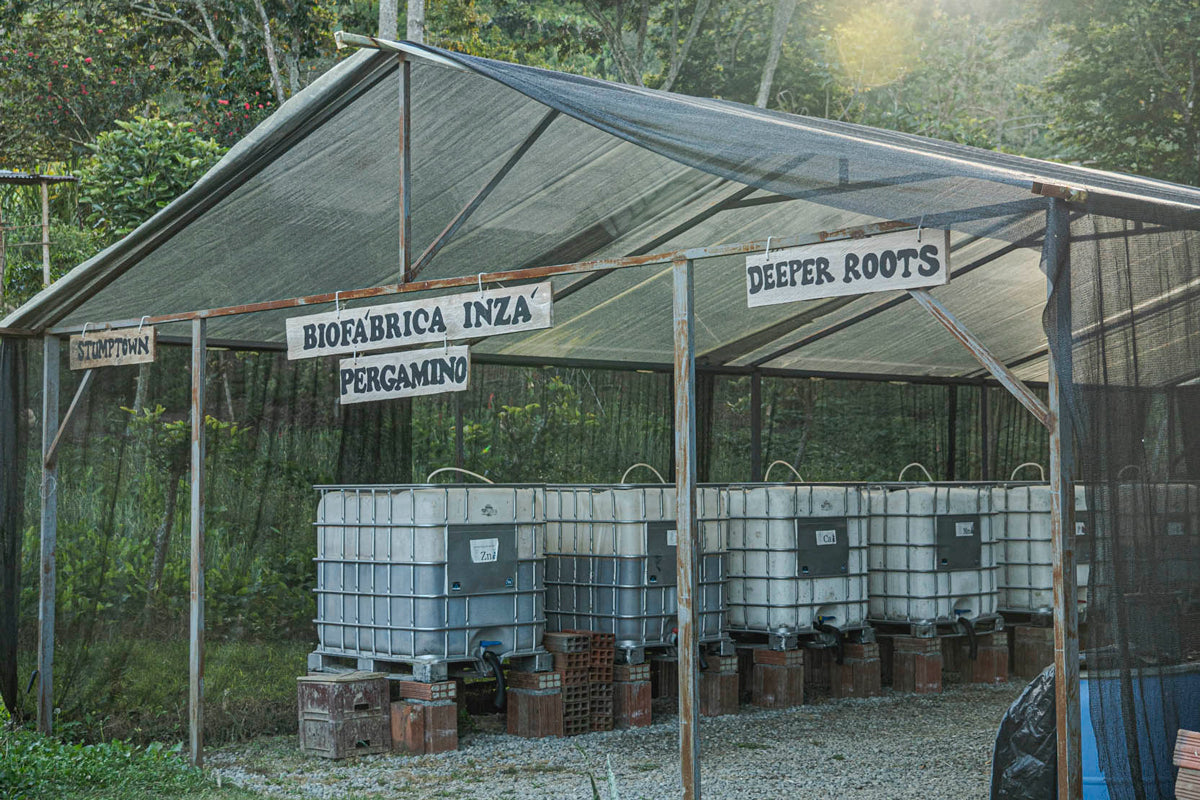

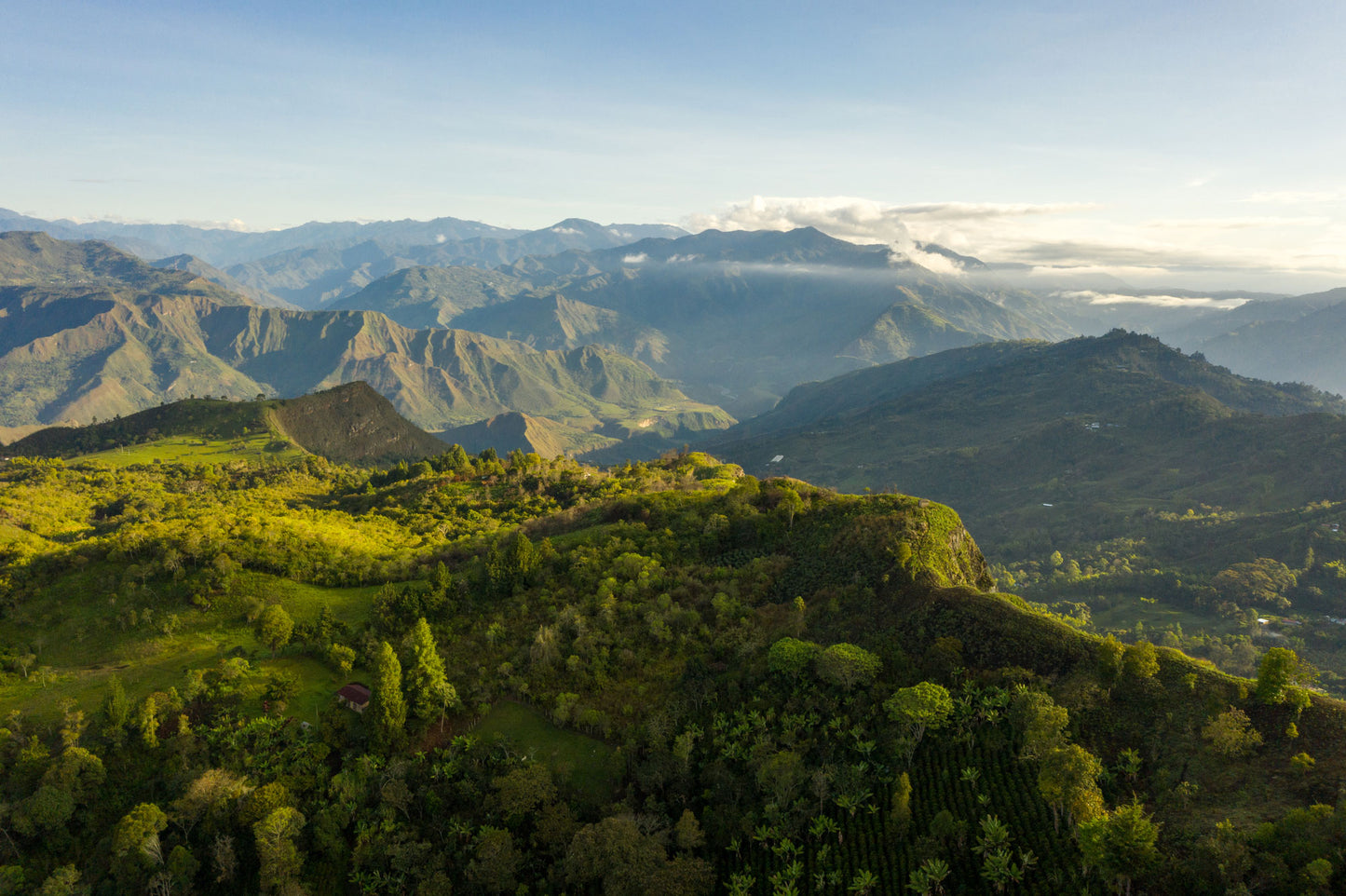
Heads up: this coffee is decaffeinated — perfect if you love the taste of coffee without the caffeine buzz. We take extra care when roasting our decafs to keep them sweet, balanced and full of flavour so you won’t miss a thing.
This coffee’s roasted in our espresso style — but that doesn’t mean you need to brew it as espresso. You can make it however you like — espresso, filter, moka pot, AeroPress or whatever you enjoy. We roast it a touch darker than we would a filter roast to caramelise the sugars and bring out smooth chocolatey and nutty flavours that cut beautifully through milk.
When you add milk the natural sweetness, fat and proteins tend to soften acidity and highlight caramelised flavours. That’s why lighter filter roasts can sometimes taste a bit sharp or sour with milk — they’re simply not built for it. Espresso roasts being more developed balance this out. The deeper caramelisation creates toffee and cocoa notes that blend harmoniously with milk’s creaminess while a hint of gentle bitterness adds that satisfying ‘coffee punch’ in your flat white or cappuccino.
If you prefer your coffee black this roast will still give you a full-bodied rich cup with plenty of depth and sweetness. For a lighter fruitier experience you might enjoy exploring our filter range instead.
Origin and Sourcing
?
?
Roast Details
?
?
?
?
?
?
?
Taste Profile
?
?
Colombia | Pillimue Family | Caturra / Colombia Washed EA Decaf - When is peak freshness?
Decaf Roast - Roasted on Roest P3000
Decaf coffee goes stale faster because the decaffeination process weakens the bean’s structure, allowing carbon dioxide and oils—key to flavour and aroma—to escape more quickly. Once these are lost, oxidation dulls the taste, and the coffee can lose freshness within 14–21 days if not stored well. To preserve quality, keep decaf sealed in an airtight bag, away from heat, light, and air. For best results, portion and freeze extra beans, only thawing what you’ll use within a week. Proper storage keeps decaf tasting vibrant and aromatic for longer.
The same decaf bean that Market Lane Coffee uses as their first decaf offering ever... but roasted by us and sourced by Market Lanes wholesale arm Marlbourn Coffee Merchants.
This beautifully structured decaf comes from a collective of 14 smallholder producers farming near the town of San Antonio, in the municipality of Inzá, Cauca. The area sits in Colombia’s mountainous southwest and boasts ideal growing conditions—rich volcanic soil, elevations above 1,800m, and cool nights that contribute to dense, sweet, and complex coffees.
Farms in this region are tiny—typically just one hectare—and many producers use their own small wet mills or share them with neighbours. The producers contributing to this lot grow a mix of traditional Caturra and the more resilient Castillo and Colombia varieties. Because of the cooler climate and high rainfall, both fermentation and drying take longer here, allowing for greater flavour development.
Sourcing & Regional Blending
Once harvested and processed, small parchment lots (100–150kg) are delivered by the producers to a local warehouse and lab run by the Pillimué family—third-generation farmers and respected community leaders. Each lot undergoes a strict physical assessment, and if it passes, the farmer receives a first payment.
Samples are also cupped by a quality control team, and coffees with standout profiles are selected and sorted into exportable regional lots based on flavour profile, score, and structure. A second premium payment is then made to each producer, depending on the final sale price. This particular lot was created by blending coffees that showed clear regional identity—floral, sweet, and balanced, with a juicy acidity and silky body.
Processing at Origin
The coffees were fully washed using traditional small-scale methods. After hand-picking, cherries were pulped using manual or electric pulpers, then fermented in tanks for roughly 48 hours (depending on microclimate). After washing, the parchment was dried on raised, parabolic beds—plastic-covered structures that allow for controlled airflow while protecting the coffee from rain and condensation. Drying typically takes between 10–18 days.
Decaffeination: EA Sugarcane Process
Once dry and milled, the coffee was decaffeinated using Colombia’s ethyl acetate (EA) method at Descafecol’s plant in Manizales. The EA used is derived from fermented sugarcane and is a naturally occurring compound also found in ripe fruit. The process involves steaming the green coffee, soaking it in hot water to open up the cellular structure, and repeatedly cycling through an EA solution that bonds with and removes the caffeine.
The team at Descafecol carefully controls this process to retain sweetness and structure in the coffee. The result is a decaf that roasts and performs like a regular specialty lot—without the caffeine but with all the flavour intact. This one in particular impressed us with its red fruit clarity, floral aromatics, and balanced acidity.
About Inzá & Cauca
Inzá lies at the point where Cauca meets Tolima and Huila, in the shadow of the Nevado del Huila volcano. The surrounding mountain ranges and equatorial climate provide year-round stability, rich biodiversity, and perfect coffee-growing conditions. The region is also home to the Nasa (or Páez) people, one of Colombia’s largest indigenous communities. Their strong connection to land and tradition is evident in the way they manage their farms—small, communal, and with minimal use of chemical inputs.
For years, the region was isolated due to conflict, but since 2012, peace initiatives have opened access to these stunning coffees. What was once hard to reach is now a source of truly exceptional microlots.
Why We’re Excited About This Coffee
Decaf doesn’t have to be dull. This lot showcases the best of Inzá—sweet, clean, and complex—with subtle floral notes, bright red fruit, and silky structure. It’s decaffeinated with care, and it shows in the cup. A go-to option for those wanting all the flavour, minus the buzz.
SKU: col_pillimue_1000g
Package Weight: 1150g
